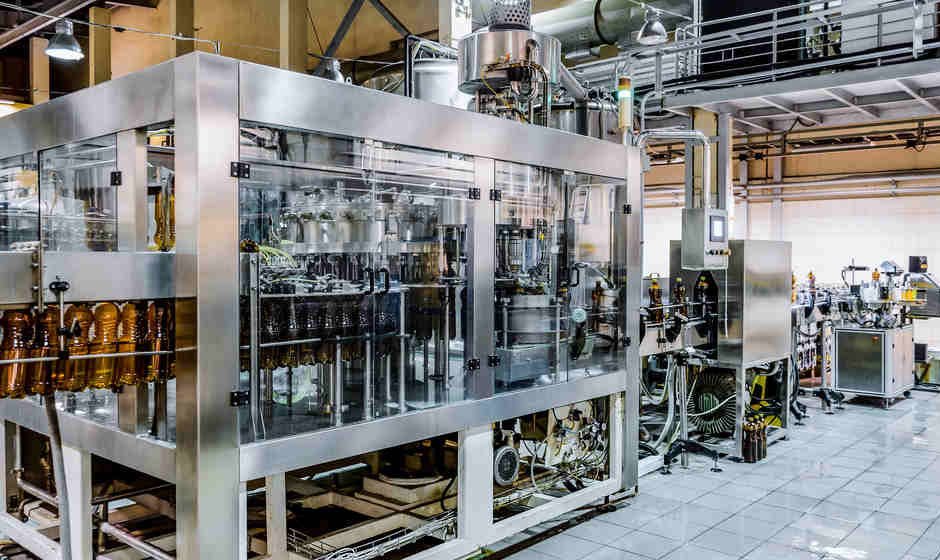As a business in the industrial world, you can take advantage of the many amazing technologies that are available in the modern day. Thanks to technological advancements and the development of artificial intelligence (AI), industrial work has never been more efficient and easier.
However, because there is so much choice, it can be difficult to know which equipment you actually need. It’s impossible and unnecessary to buy everything on the market, as many new technologies won’t be relevant or useful for your business, and they can be very expensive to purchase.
Narrowing down the number of devices and technologies you invest in for your business ensures you don’t overspend and buy only the things you genuinely need to fulfill your orders.
We feel every industrial business needs to have some essentials on hand that enable you to implement ideas faster and execute them to a high standard, and we’ve covered these essentials below.
Personal Protective Equipment (PPE)
Staff and visitor safety is essential for all workplaces. However, it’s especially important in industrial settings where workers use large, heavy machinery and potentially dangerous chemicals.
Investing in high-quality personal protective equipment (PPE) maximizes your worker’s and visitor’s safety, helping to maintain a healthy workforce. When your staff knows you genuinely care about their health and safety, job satisfaction and employee engagement improve.
PPE includes industrial gloves, hard hats, goggles, earmuffs or earplugs, high-bus jackets, and steel-toed boots. Each of these pieces of equipment protects a part of the body or improves your worker’s visibility to prevent accidents and injuries.
Automated Guided Vehicles (AGVs)
Known in short as AVGs, automated guided vehicles are self-guiding machines that can transport around your warehouse or factory without the need for human intervention.
These clever machines use specialized sensors, lasers, magnets, and motors to maneuver around a given area without banging into anything. They can pick up and put down objects, meaning you can program them to transport your stock from one place to another.
The use of AVGs enables you to automate iterative and laborious processes so your staff members can focus on more complex tasks that are impossible without human input. You can save money by outsourcing laborious tasks to these automated machines. Instead, you can invest your finances elsewhere in your business to improve your services and products.
Compactors
Compactors are common industrial devices that you can use on site to compress waste materials, including recyclable items, construction waste, and soil, making it easier to dispose of. With efficient compactors, you can save space, reduce the costs associated with waste disposal, and reduce your company’s impact on the environment.
There are three main types of compactors – trash, industrial, and soil compactors. Trash compactors include stationary and self-contained compactors that are perfect for large volumes of waste, particularly in smaller spaces like residential areas.
Industrial compactors are best used for cardboard, paper, plastic, and metal waste, and they’re ideal for warehouses, construction sites, and factories. Soil compactors are most commonly used for construction projects and, as the name suggests, are used to reduce the volume of waste soil and compost.
Material Handling Equipment
Material handling equipment (MHE) is essential for any industrial company. Whether you run a warehouse, factory, constriction site, or all three, you can benefit from investing in a variety of devices to aid material handling.
Some of the most common MHE devices include:
- Forklifts – used for lifting and transporting materials and items that are too large or heavy for manual handling. There are a range of types, including reach trucks, hand trucks, and pallet jacks.
- Hoists – used to lift and lower equipment carefully from one location to another and are most commonly used in construction.
- Trolleys and cars – wheeled mobile platforms that can transport materials within your industrial site to save staff from needing to do so manually.
- Conveyors – used for transporting a large volume of items from one place to another within a factory or warehouse along motorized rollers.
- Stackers – used to stack several items on top of one another or to retrieve items from the top of a tall pile of materials.
Material handling equipment improves workflow efficiency and reduces the need for manual labor. It lowers the risk of errors, accident, and injuries, and protects your materials from damage. It also improves space efficiency as it enables you to make the most of the space you have in your warehouse by stacking your items vertically instead of horizontally.

